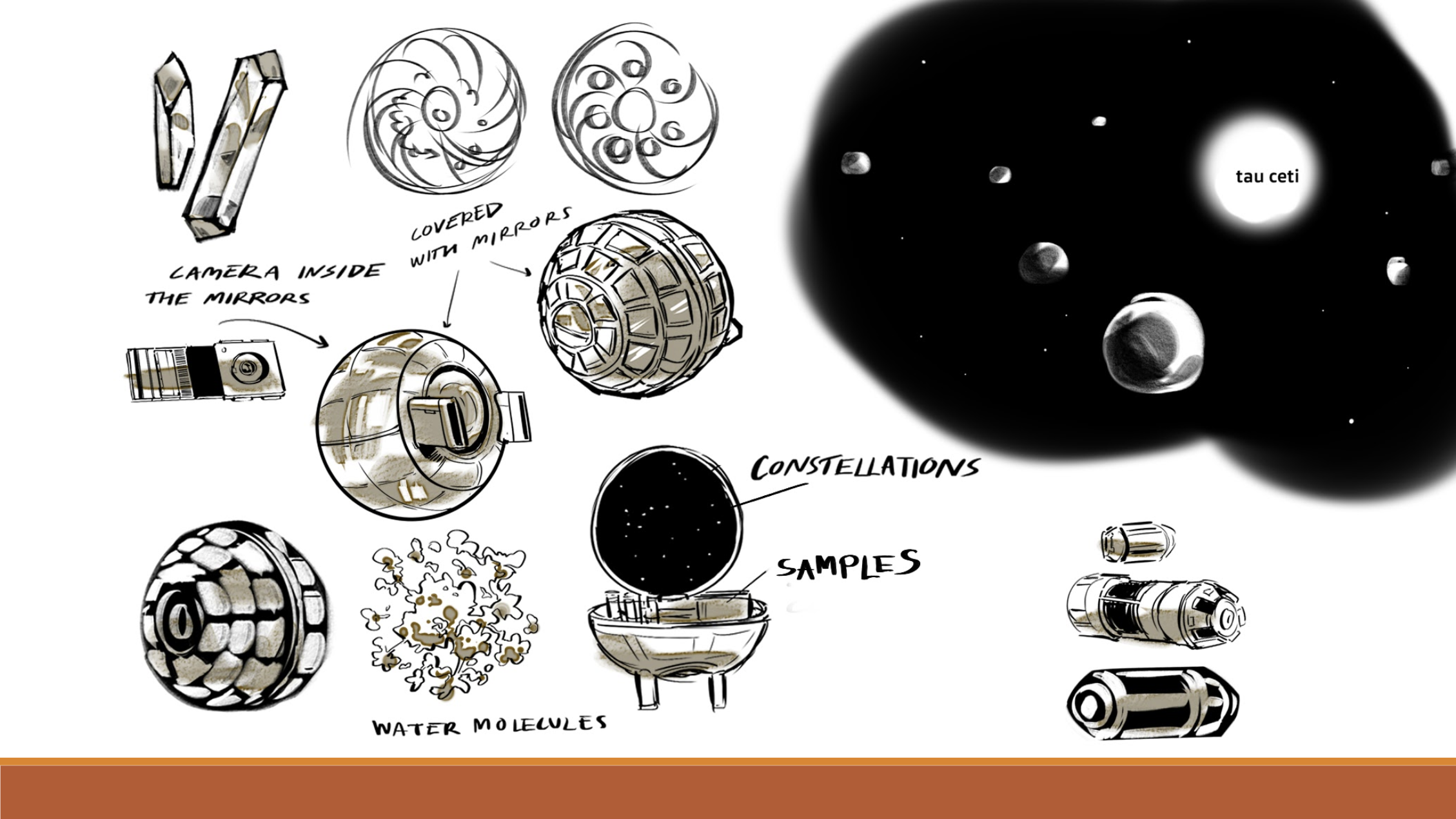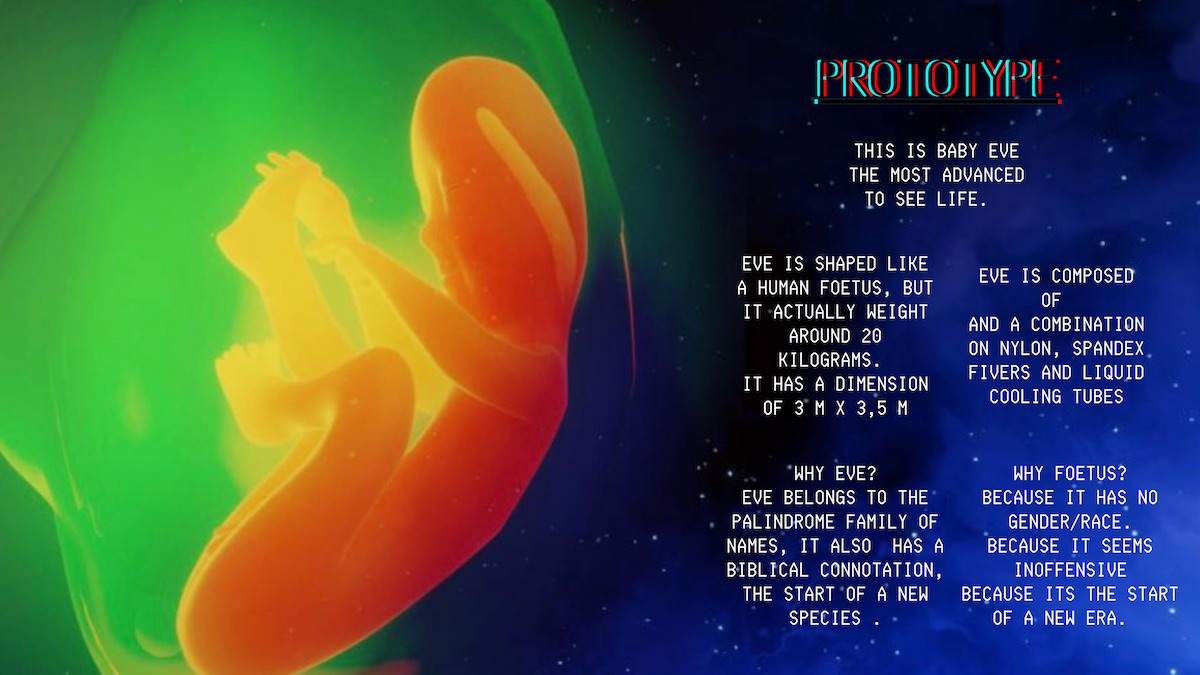
Message from Earth
Message from Earth
Humanity has the chance to send a message to unknown civilizations. It is your task to design it, a noble cause, but also a hard one.
What will the message be? What is the message going to be? Is humanity sending a collective “postcard”, or is it just you sending one in your name? What are you telling the unknown species about us? Which code are you using? And what is the tool of the transmission? In this project, students have to design and present their idea for this message.
Description
Telling stories to an unknown audience is one of the greatest challenges for storytellers. Hence it is an important skill to develop. To express ideas in a way that people understand them regardless of cultural and geographical distance starts with thinking about the general methods of understanding. In other words, authors should keep the audience in mind from the earliest stages of developing their stories. In the early 2000’s creators realized that their audience is present on multiple media platforms, so they developed transmedia storytelling.
The audience is not apparent in this project – it might not even exist. The participants will have to deal with that. There will be many questions for them that won’t be answered. They will learn how to think about an audience and co-create with them. In the process, they will learn about creative technology that supports different narrative formats and the future of storytelling.
Tasks and specific work steps
- Day/Session 1.
- Check-in, a short introduction to the workshop
- Lecture on communication with extraterrestrial intelligence
- Ask students to answer the following questions:
- The transmission form: Can you think of a receiver you know nothing about? Literary nothing. You don’t know what cultural code they use, if they have eyes to see, ears to hear, or fingers to touch … Are you able to think outside of language? Are you able to create a language that is universal enough to be decoded? What technology would you use as a medium?
- The message: What would you tell about us? Where are we? Who are we? What are we like? What problems do we have? What mistakes have we made? Would you articulate all that on your own, or would you involve humankind? If the latter, how? And remember: what you send out today, might not be received until 100 years from now.
- The students form groups of two or three.
- Identifying possible ways to approach the task:
- What is the most exciting part of this project for you?
- What do you think will be the most challenging part?
- What was the first thing that came to your mind when you first heard the task?
- How do you think you will start? (Who is interested in doing what?)
- Day/Session 2.
- Introduction to transmedia storytelling by the lecturer
- Discuss content and format: let’s concentrate first on the content!
- What should the message contain?
- What (sort of) language will you use?
- Will there be a narrative?
- Will you involve anyone else in the process? (scientists, artists, other groups of people, the whole of humanity?)
- Teamwork: Continuing the content research, then slowly turning towards format. Here the students have to quickly research possible ways of transmitting the message (do not spend too much time on it, e.g., it’s going to be a radio transmission; you put an object in a spacecraft; or send an algorithm that does this and that …). By what means will the message be transported?
- Day/Session 3.
- Group retrospective, presenting achievements. What are their ideas, problems, questions, and solutions?
- Designing the prototype:
- How can you model your concept?
- What will your prototype look like?
- What are the elements that demonstrate your idea?
- What are the crucial parts you have to experiment on?
- Let the groups discuss the tasks of creating the prototype.
- Who does what? What are the strengths of each group member? Which techniques will you use? What equipment do you need? Which tools are available?
- Students start to create prototypes together.
- Day/Session 4.
- Group retrospective, presenting achievements. What are their ideas, problems, questions, and solutions?
- Prototyping: teams create their prototypes and devote the whole day or session to this.
- Day/Session 5.
- Summary of the previous sessions by the lecturer
- Each team presents their solutions in a 10- to 15-minute presentation
- Retrospective: What did students like or don’t like? What went well?
Sources and References
- “His Master’s Voice” (1968) written by Stanisław Lem
- “Arrival” (2016) directed by Denis Villeneuve
Images/Examples

Student work showing a device that can be sent out to space carrying sample molecules and a map of constellations visible from Earth © 2020 by Sally El Baba, Karim Nasr, Noah Sana, Soós Luca, Mucsi Réka is licensed under CC BY-SA 4.0

Student work “Baby AI” – sending self-aware robots as a message @ 2020 by: Karina Stephan, Luna Abi Raed, Jessica Saade, Váradi Szilveszter, Taya Ghattas is licensed under CC BY-SA 4.0
Additional Information
Prior Knowledge and Preparation
- Fundamental knowledge of digital systems and creative tools
- Knowledge about previous attempts at messaging extraterrestrials
Accessibility:
Assistance for Learners
3–4 rounds of moderated discussions can simplify this exercise. The output (prototype) can be turned to a visual storyboard which is easier to produce.
Additional Tools
- image editing tool
- video editing tool
- After Effects
- for virtual meetings:
- Ohyay, https://ohyay.co
- Gather, https://www.gather.town
- for team discussion:
- Discord, https://discord.com